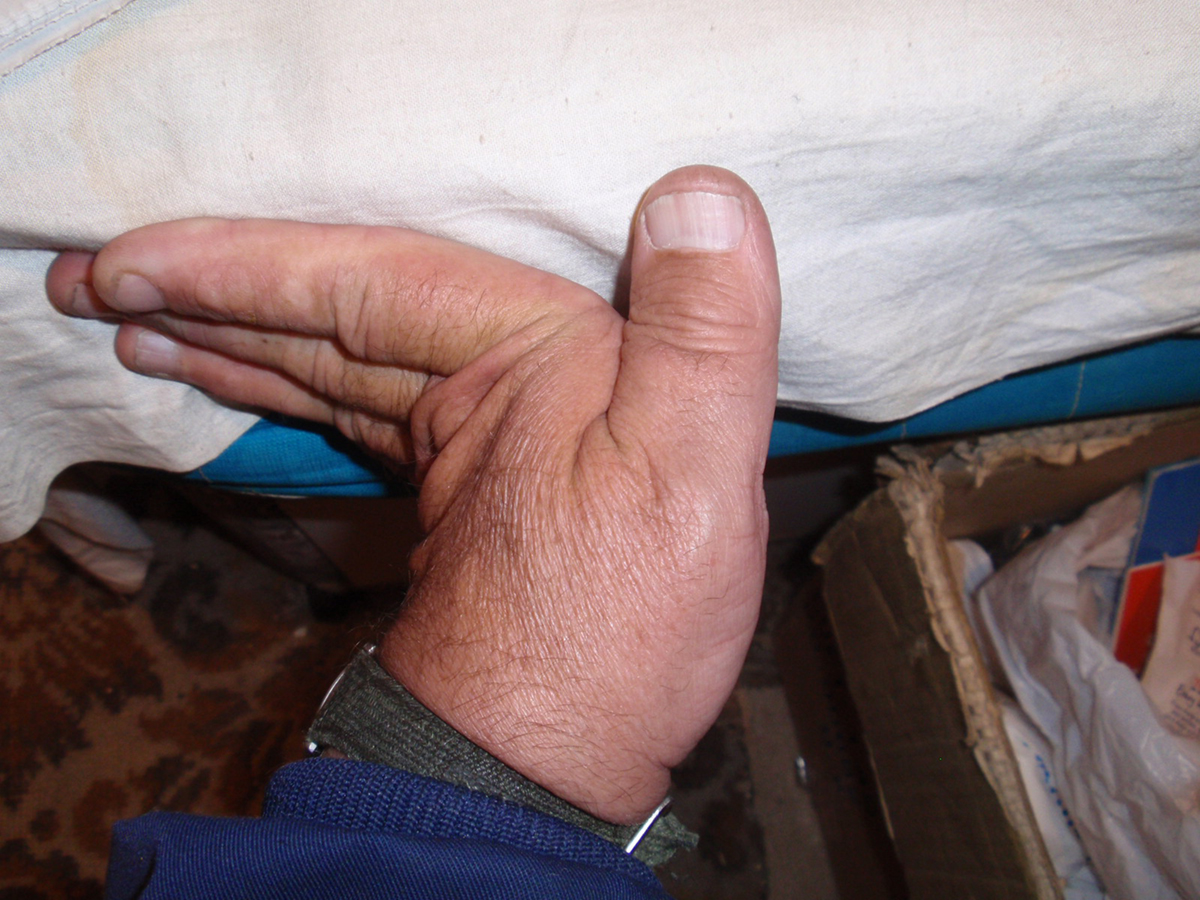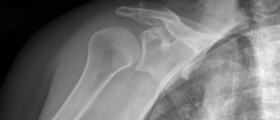
Joint hypermobility
Joint hypermobility is a condition marked by the abnormally increased mobility of the joints and this condition is more frequent in women than in men. Hypermobility syndrome refers to the occurrence of musculoskeletal symptoms in the people with joint hypermobility, in the case when it is not accompanied with any other systemic rheumatological disorder. A hypermobile joint may cause some problems, although there are cases when a person with a hypermobile joint does not have any troubles. Furthermore, it does not mean that a person with this condition has a pain or any difficulty.
Symptoms of joint hypermobility
However, hypermobility symptom has its characteristic symptoms and the most common one is pain in the joints, which usually occurs after some physical exercise or work. This happens because the muscles and the joints work very hard in such conditions. The people with joint hypermobility may notice that they get bruised easily or that their joints are stiff or tensed. Furthermore, if a person experiences a pain, which aggravates during the day and reduces during the night when the person rests, it is also one of the symptoms of joint hypermobility and it must not be neglected.
Sometimes, when collagen, which is in connective tissues, is affected, joint hypermobility may lead to the occurrence of certain conditions, such as flat flee, pain in the foot or in the back, hernias and varicose veins. Those people who have this disorder usually have problems with the proper hand function. However, there are certain therapies that can help with this problem. Moreover, joint hypermobility may cause the medical condition called arthralgia in patients, which is the consequence of the misuse or overuse of hypermobile joints. It is recommended not to overstretch if a person suffers from joint hypermobility, because in such a case the joints are at risk to dislocate. Usually this occurs with the shoulder joint.
Joint hypermobility and fibromyalgia
It is not unusual that many doctors misdiagnose fibromyalgia with joint hypermobility, and vice versa. The most frequent symptoms of fibromyalgia are similar to the symptoms of joint hypermobility, as well as to the symptoms of autoimmune disease and several types of arthritis. Fibromyalgia can be caused by certain sleep disorders or abnormal circulating levels of central neurochemical substances. Furthermore, it can be caused by abnormal pain perception and skeletal or muscle abnormalities. Although there have been many studies to find the connection between the fibromyalgia and joint hypermobility, the association between these two conditions is not completely understood yet.
















-Symptoms,-Diagnosis,-Treatment_f_280x120.jpg)
Your thoughts on this
Loading...